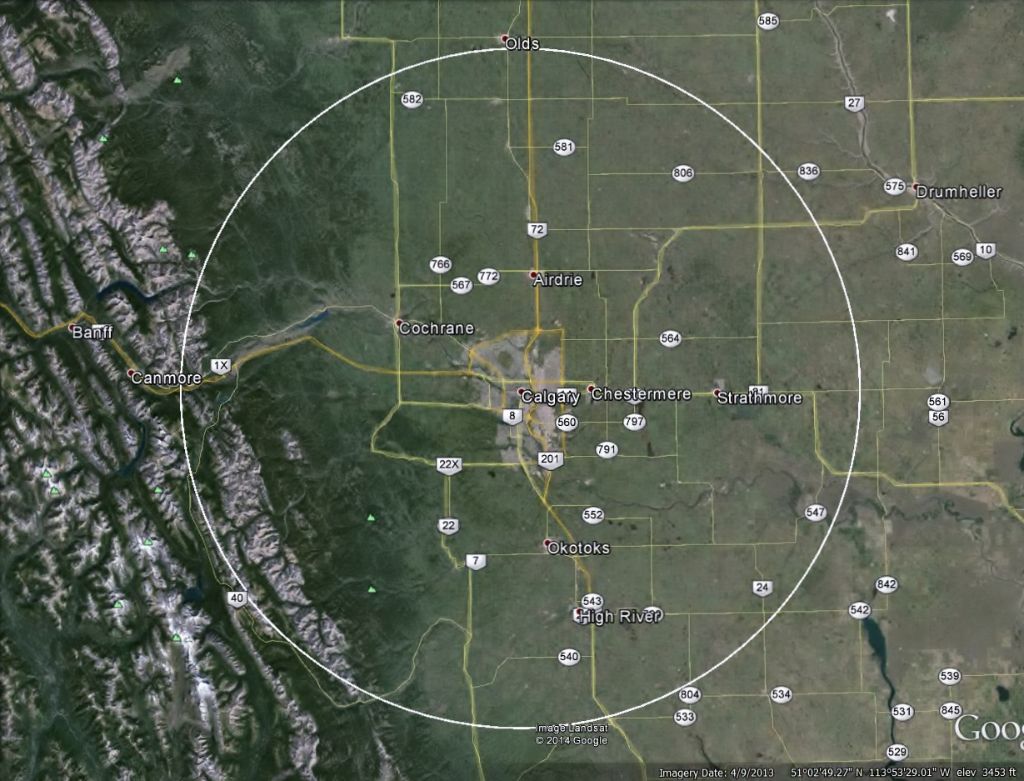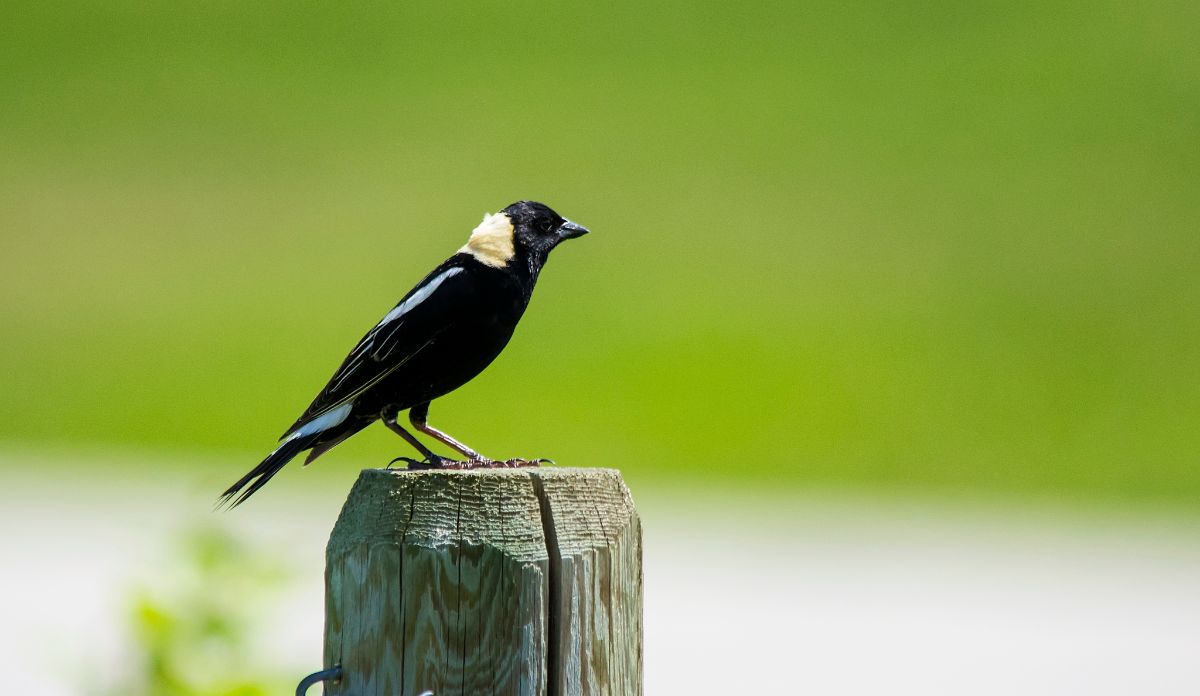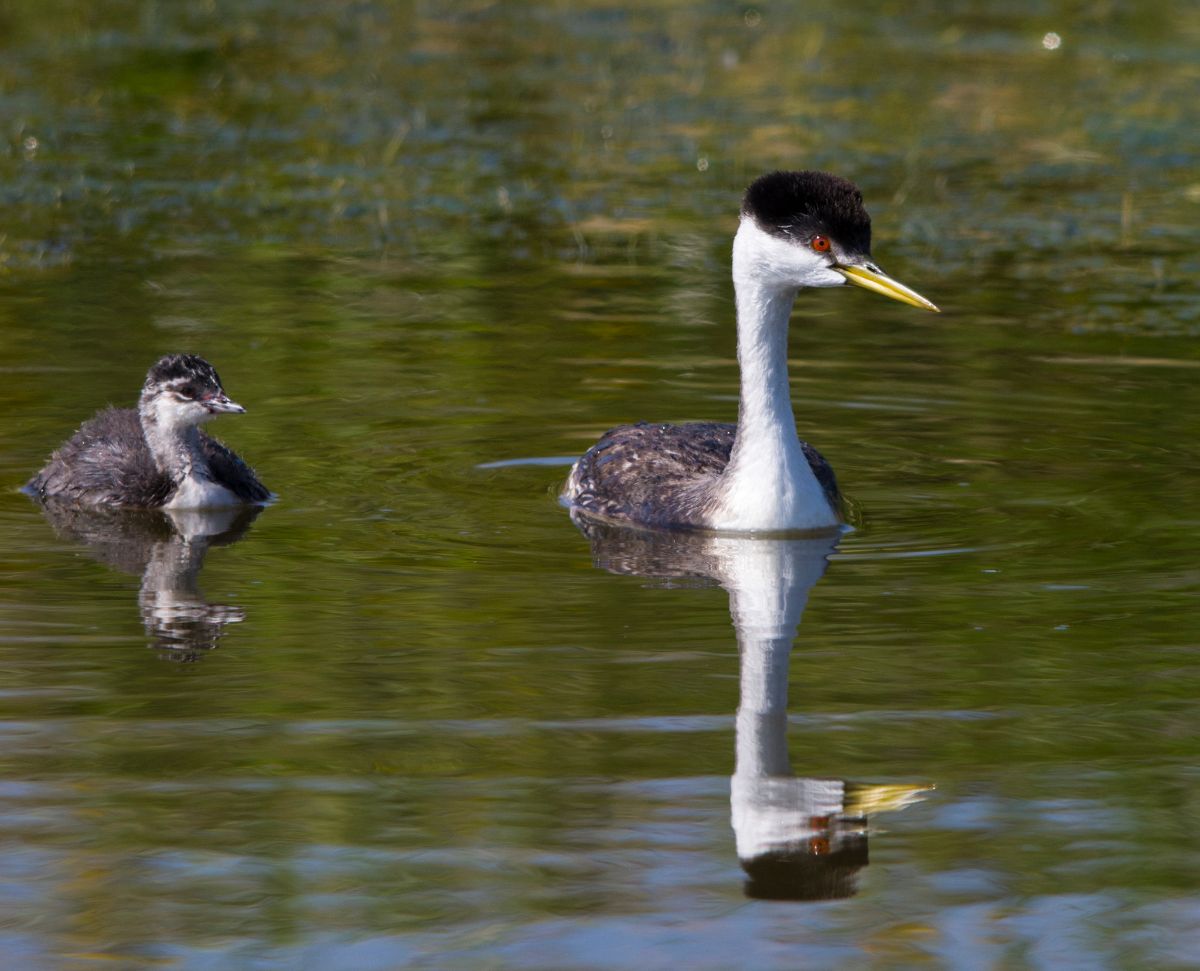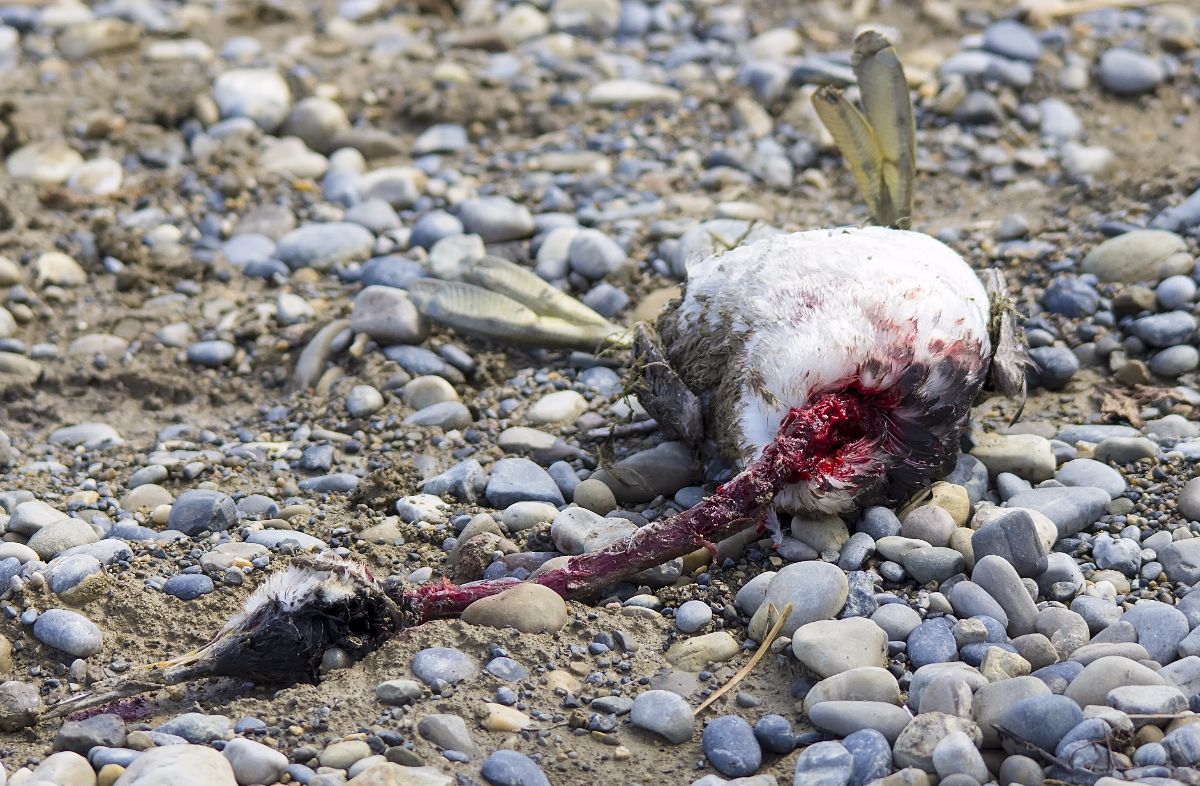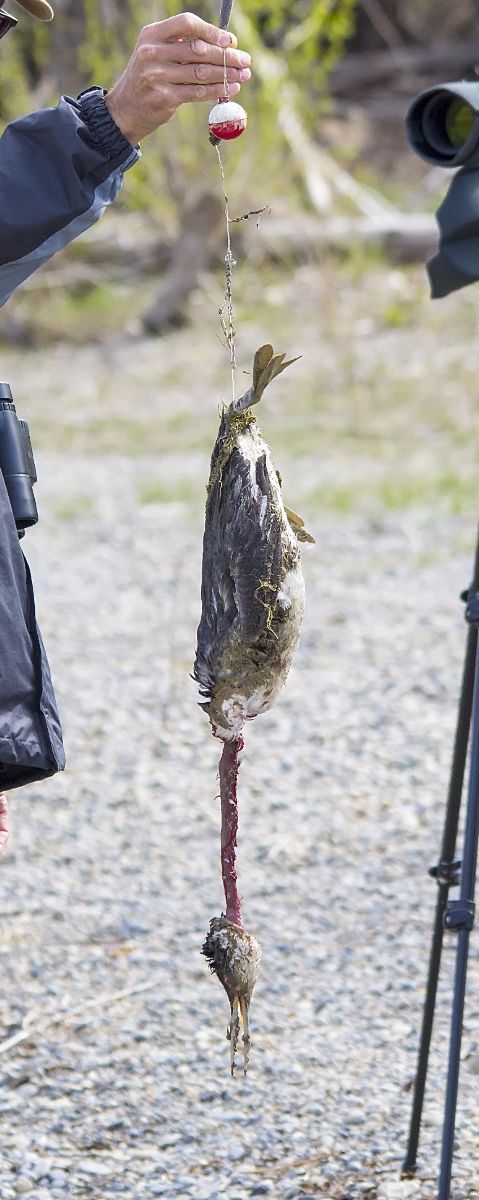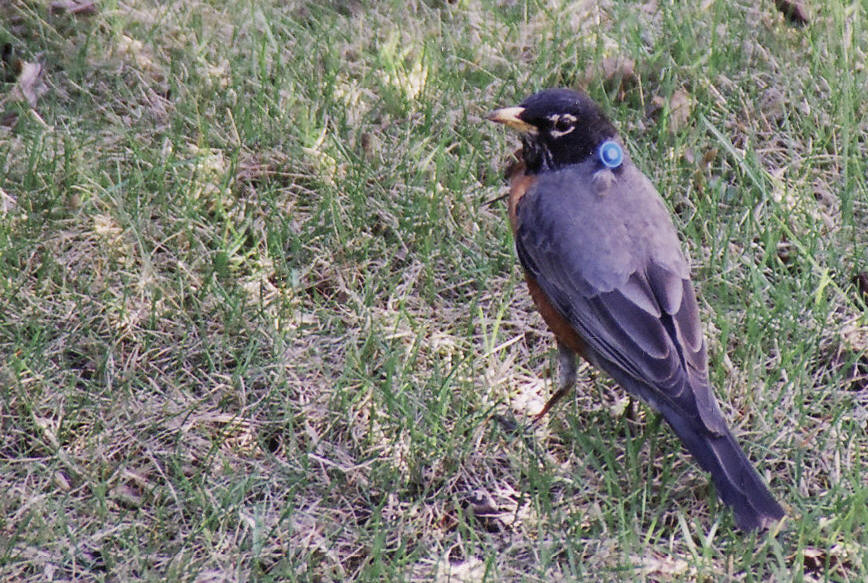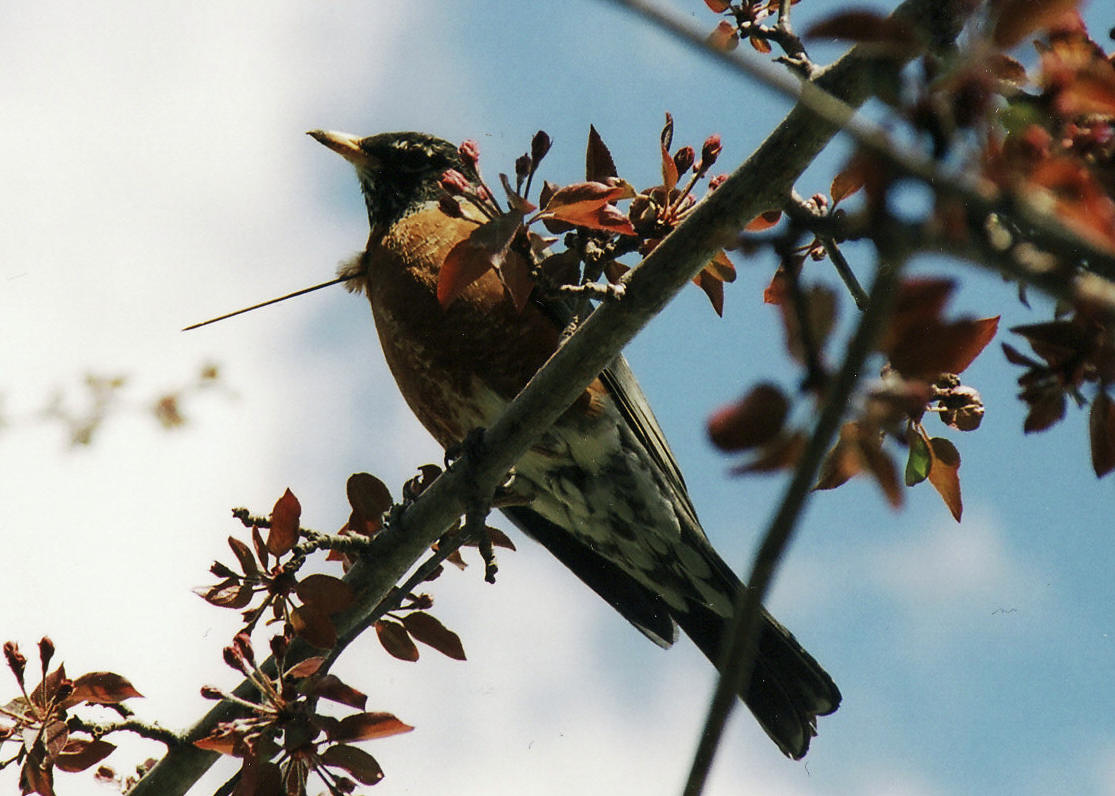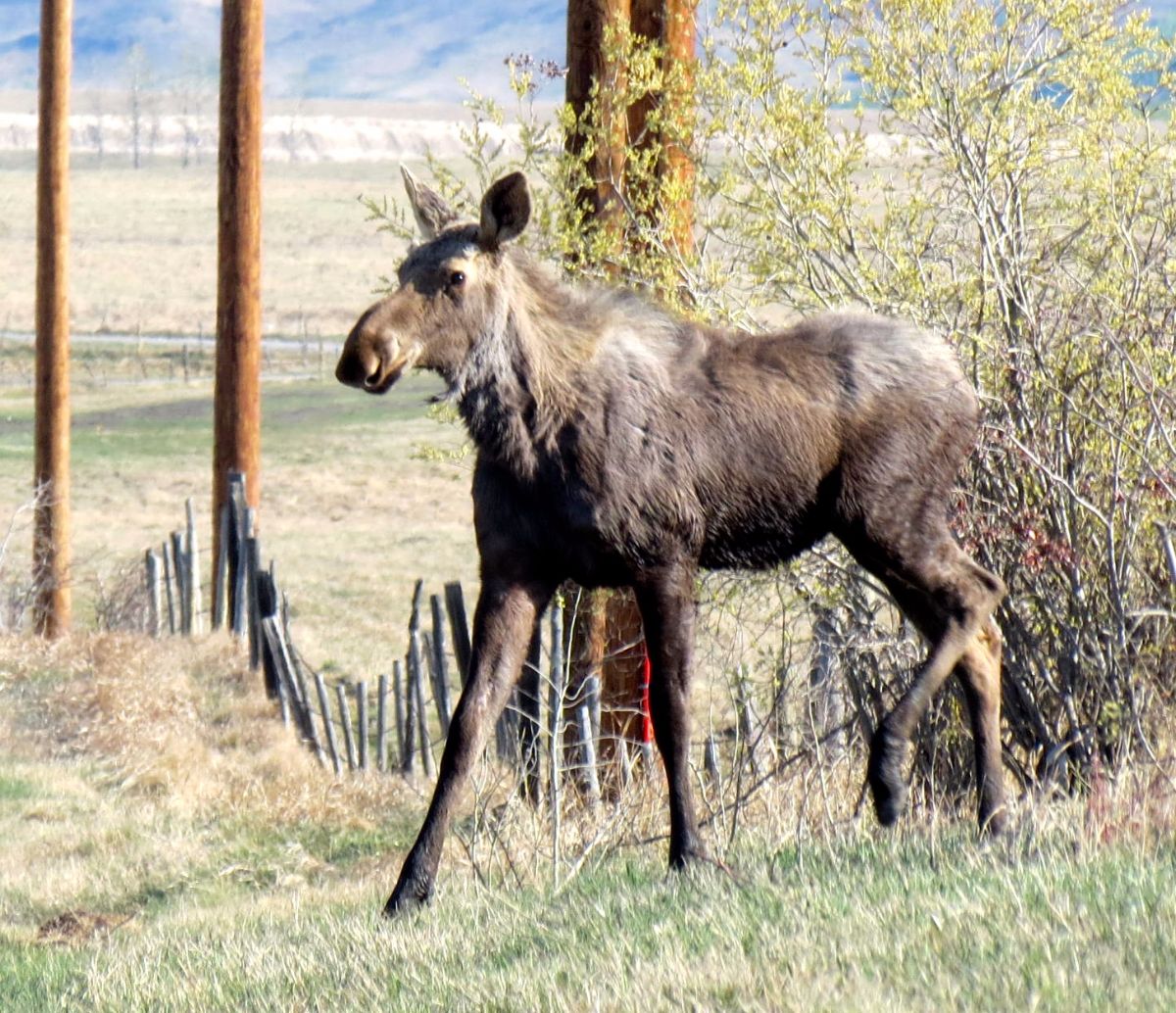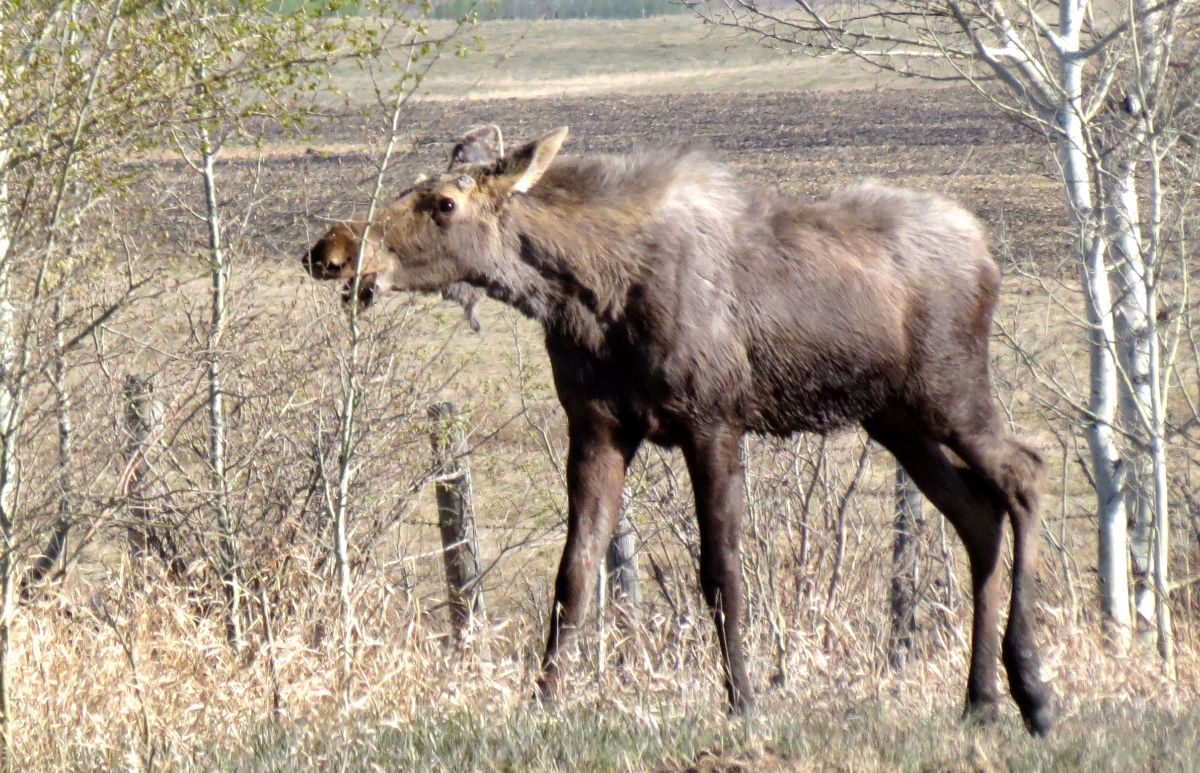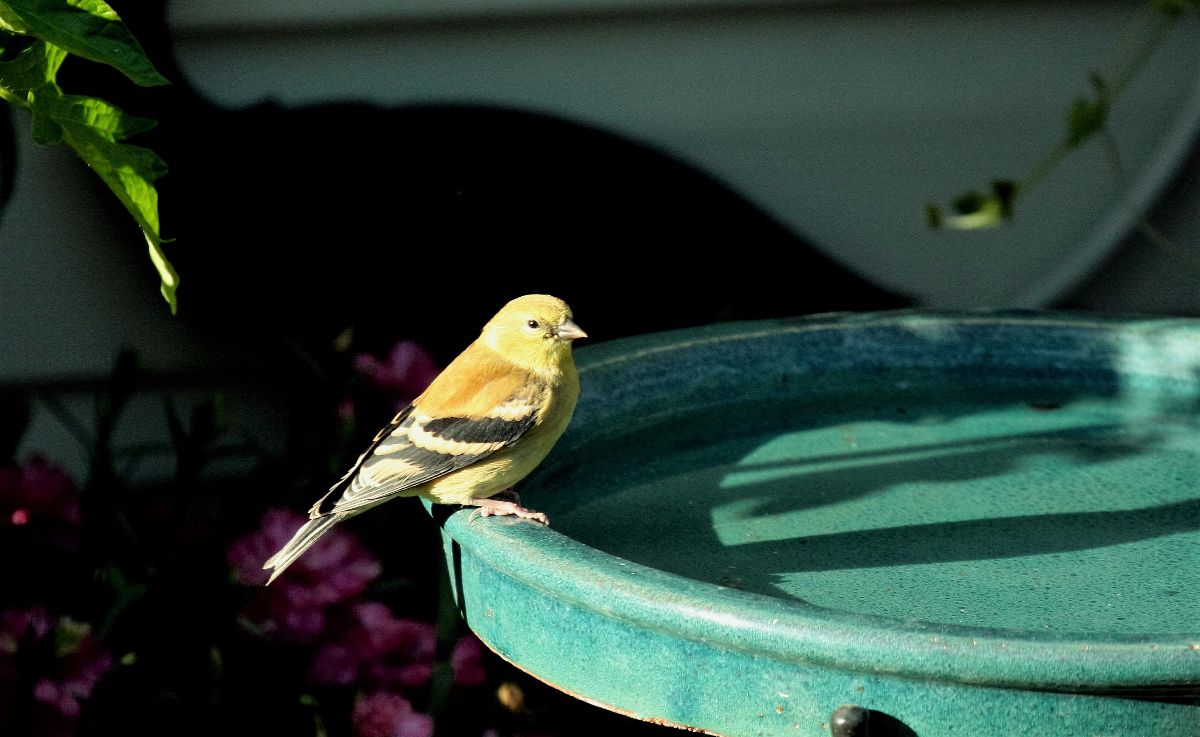Posted by Dan Arndt
Back in April I spent a morning out at a local Sharp-tailed Grouse lek sitting in a blind with some great company. In order to make the minimum disturbance to the birds during their courtship displays, we left Calgary at just after 4:30am, and made it into the blind just as the action was getting started.
In the early light, the males were establishing their territories on the lek and getting ready to defend them, while the females looked around to see who had the best, biggest, or most appealing area on the lek.

male Sharp-tailed Grouse
[exif id=”15672″]

female Sharp-tailed Grouse
[exif id=”15673″]
The males would strut around and dance and display, and every time one of the few females would walk by, the males would face off, often the same two in a challenge for who would be the one to get this mate this year.

Sharp-tailed Grouse squaring off
[exif id=”15674″]

dancing Sharp-tailed Grouse
[exif id=”15675″]

posing Sharp-tailed Grouse
[exif id=”15676″]

dancing Sharp-tailed Grouse
[exif id=”15677″]
As the displays continued into the morning hours, the number of males seemed to swell, with pairs splitting off to face off for the next few hours, sometimes splitting up briefly, but quickly returning to their chosen rival to test their mettle.

Sharp-tailed Grouse squaring off again
[exif id=”15678″]

The Rivals
[exif id=”15679″]

The field of battle
[exif id=”15680″]

After a brief respite, this male takes a break to survey his surroundings
[exif id=”15681″]

A few brave females surveying the battle.
[exif id=”15682″]

A close-up of the head ornamentation of a male Sharp-tailed Grouse
[exif id=”15683″]
It wasn’t until quite late in the morning (relative to when we woke up!) that things really began to come to blows. Note in a few of these photos, one of the grouse has a mouthful of feathers. It seems quite straight forward that removing the colorful or distinct plumage from another male might reduce his chances of impressing a female.

The dispute begins.
[exif id=”15684″]

Full contact
[exif id=”15685″]

First blows.
[exif id=”15686″]

Not quite a fair fight.
[exif id=”15687″]

Attack from above…
[exif id=”15688″]

… from the side…
[exif id=”15689″]

… and from below.
[exif id=”15690″]
As the morning progressed, the battles became fewer and further between, all to the chagrin of one of the females looking on. Some birds are just not easily impressed at all!

Unimpressed female Sharp-tailed Grouse
[exif id=”15691″]
Thanks as always for reading, and good birding!













































